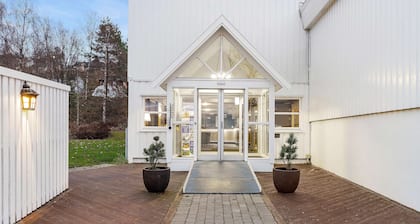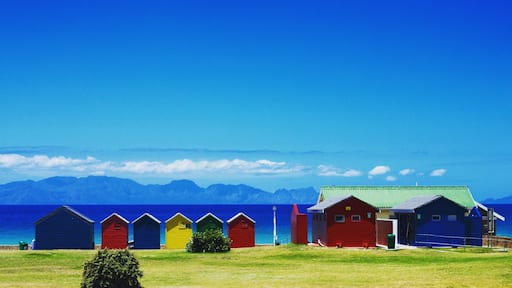There have been settlements in the Steinkjer area since the Early Stone Age, something you can see by, for example, visiting the 6000-year-old Bøla Reindeer (Bølareinen), which is a stone carving from the same period. You can have a look at a variety of other stone carvings in the area, and then visit the Bølastua Restaurant, where you can sit down for a meal and a cup of coffee.
Signs of Steinkjer's long history can also be found at Helge Field (Helgefeltet), where you can see both burial mounds and stone monuments from the Early and Later Stone Age, and also from the Viking period. This is one of the most famous cultural heritage sites in Nord-Trøndelag, and its burial site consisting of nine stones in a circle is of special interest to many.
Old burial sites can also be seen on your way to the beautiful Egge Museum. The museum is located on the grounds of Egge Farm, which during the Viking period was the main seat of many of the region's most powerful chiefs. The museum focuses on later times, and a visit to Egge will give you the chance to learn more about farm life in the 1800s. The museum is also home to animals and every year, the season opens on Children’s Day (17th May).
Steinkjer also has a lot to offer for fishing enthusiasts. There are several lakes and rivers in the area's forests, in addition to municipally owned cabins where you can stay during your trip. Steinkjer Municipality even gives out maps with an overview of the best spots for fishing.
It is not difficult to travel to Steinkjer, as the city has its own train station on the Nordlandsbanen railway. Trondheim Airport is no more than an hour’s drive away, and you can then follow the E6 motorway that goes through town. Steinkjer is also the starting point of the Kystriksveien coastal highway, which takes you through the beautiful Norwegian coastal landscape all the way up to Bodø.





